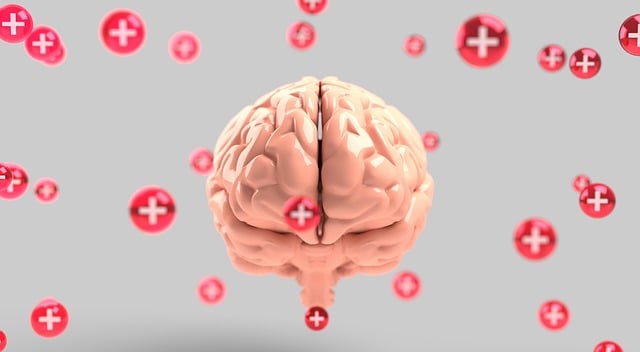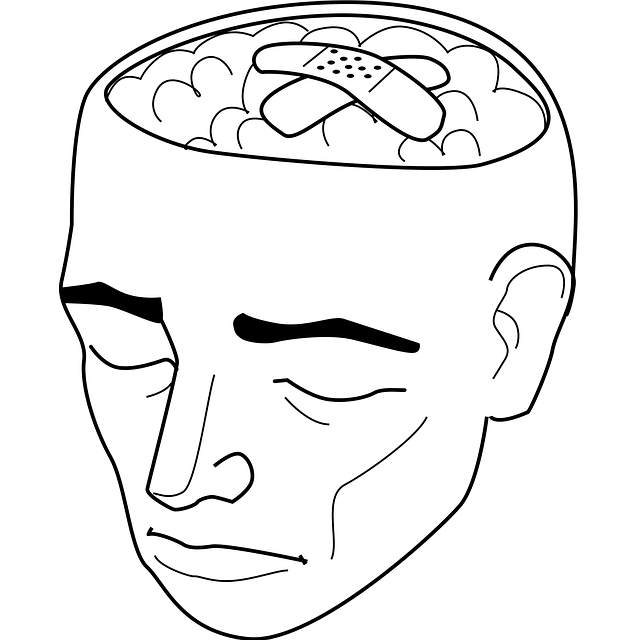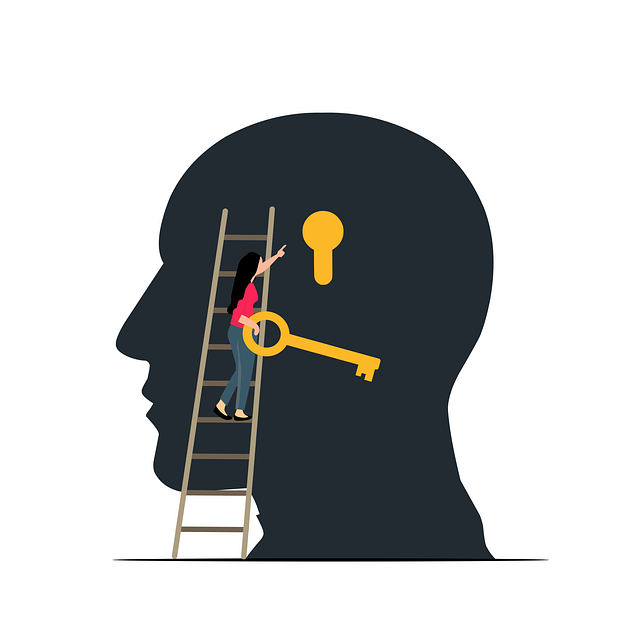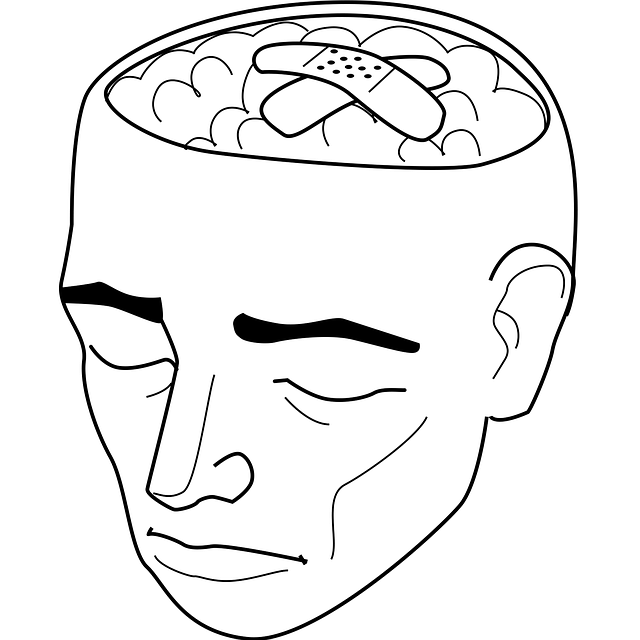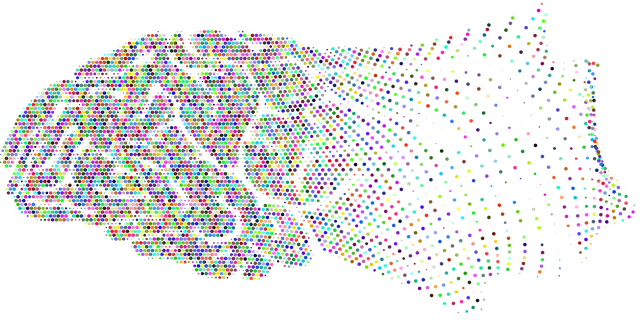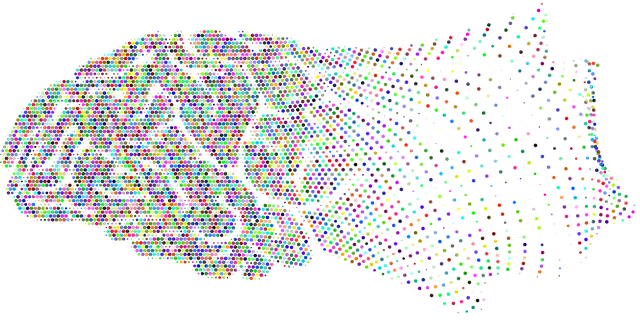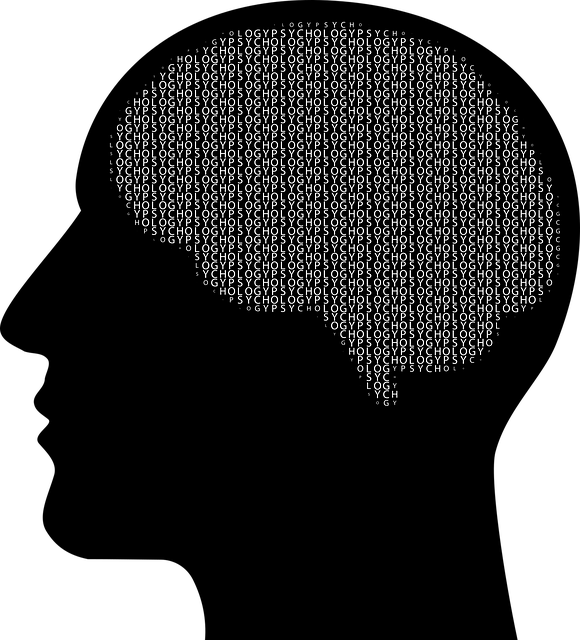Panic disorder and anxiety attacks among children are common, but early intervention through therapy like CBT, breathing exercises, and mindfulness practices is crucial. Digital therapeutics, including mobile apps, offer accessible solutions, combining interactive features with scientific principles to improve coping strategies and self-esteem in young patients. Customized mental wellness apps using evidence-based methods, such as CBT and mindfulness, create engaging digital spaces for children to learn stress management and emotional regulation skills. Continuous monitoring and data analysis ensure app effectiveness, while future innovations like AI and VR promise even more personalized and immersive therapy options.
In today’s digital age, mental wellness app development offers a promising avenue for supporting young minds. This article explores an innovative approach to tackling panic disorder and anxiety attacks in children through digital therapeutics. We delve into the significance of understanding these conditions, examining the role of technology in treatment, and providing practical insights on designing effective apps tailored to kids’ needs. Additionally, we discuss implementation strategies and future prospects for enhancing mental health support.
- Understanding Panic Disorder and Anxiety in Children
- The Role of Digital Therapeutics in Treatment
- Designing an Effective Mental Wellness App for Kids
- Implementation, Monitoring, and Future Prospects
Understanding Panic Disorder and Anxiety in Children

Panic disorder and anxiety attacks are common issues among children today. It’s crucial to understand that what might seem like typical childhood worries can be signs of a deeper problem, especially if they persist or interfere with daily life. These disorders often manifest as sudden, intense feelings of fear or discomfort, accompanied by physical symptoms such as rapid heartbeat, sweating, and shortness of breath. Youngsters may experience recurring panic attacks without an apparent trigger, leading to a constant state of worry and anxiety.
Early intervention is vital for managing these conditions effectively. Therapy for young children with panic disorder and anxiety can involve various techniques aimed at mood management and emotional well-being promotion. Therapists often utilize cognitive-behavioral therapy (CBT) to help children identify and change negative thought patterns. By teaching coping strategies, such as deep breathing exercises and mindfulness practices, kids can gain a sense of control over their emotions. Additionally, focusing on self-esteem improvement through positive reinforcement and encouraging open communication can significantly contribute to a child’s overall mental wellness.
The Role of Digital Therapeutics in Treatment

Digital therapeutics have emerged as a powerful tool in the mental health landscape, offering innovative solutions for various conditions, including panic disorder and anxiety attacks in young children. These therapeutic interventions utilize evidence-based techniques delivered through mobile apps or online platforms, providing accessible and engaging treatment options that cater to the unique needs of younger populations. By combining interactive features with scientific principles, mental wellness apps can help children develop coping strategies and build resilience.
For instance, apps designed for anxiety management often incorporate mindfulness exercises, relaxation techniques, and progressive muscle relaxation to help young users navigate their symptoms. Additionally, gamified elements and personalized feedback loops can encourage consistent engagement in self-care practices such as journaling, tracking mood, and participating in compassion cultivation practices or stress management workshops. This tailored approach not only aids in managing anxiety but also supports the improvement of self-esteem and overall mental wellness, making digital therapeutics a game-changer for childhood panic disorder treatment.
Designing an Effective Mental Wellness App for Kids

Designing a mental wellness app tailored for kids is an innovative approach to addressing emerging issues of anxiety and panic disorders in young minds. Such apps have the potential to revolutionize therapy by offering accessible, engaging, and interactive tools that cater specifically to children’s needs. The key lies in creating a safe digital space where kids can learn coping mechanisms for stress, manage their moods, and gain valuable skills for emotional regulation.
By integrating evidence-based practices like cognitive behavioral therapy (CBT) techniques, mindfulness exercises, and positive reinforcement, these apps can effectively target anxiety and panic attacks. Incorporating features such as colorful illustrations, animated stories, or gamified activities can make the learning process enjoyable. Additionally, trauma support services within the app, through virtual storytelling or guided meditations, can help children process and overcome past traumatic experiences. A well-designed mental wellness app for kids not only enhances mood management but also fosters resilience and emotional intelligence.
Implementation, Monitoring, and Future Prospects

The successful implementation of mental wellness apps goes beyond initial development; it requires robust monitoring to ensure effectiveness and user satisfaction. This includes tracking key metrics such as engagement rates, therapeutic outcomes, and user feedback. By analyzing this data, developers can make informed adjustments to improve app functionality and tailor interventions for specific needs, like therapy for young children with panic disorder and anxiety attacks.
Looking ahead, the future of mental wellness apps holds significant promise, particularly in integrating innovative features such as artificial intelligence (AI) for personalized recommendations and virtual reality (VR) for immersive therapeutic experiences. Moreover, continued research into burnout prevention strategies for healthcare providers through app-based solutions can enhance access to care. Empathy building strategies and self-care routine development for better mental health are also areas ripe for app innovation, potentially revolutionizing how individuals manage their well-being in the digital age.
Mental wellness apps have the potential to revolutionize therapy for young children suffering from panic disorder and anxiety attacks by offering accessible, engaging, and personalized digital therapeutics. By integrating evidence-based practices and incorporating user-friendly designs, developers can create effective tools that support mental health professionals in providing quality care. As technology advances, continued research and collaboration between app developers, therapists, and educators will be crucial to improving outcomes and ensuring the success of these innovative solutions in addressing childhood anxiety.

